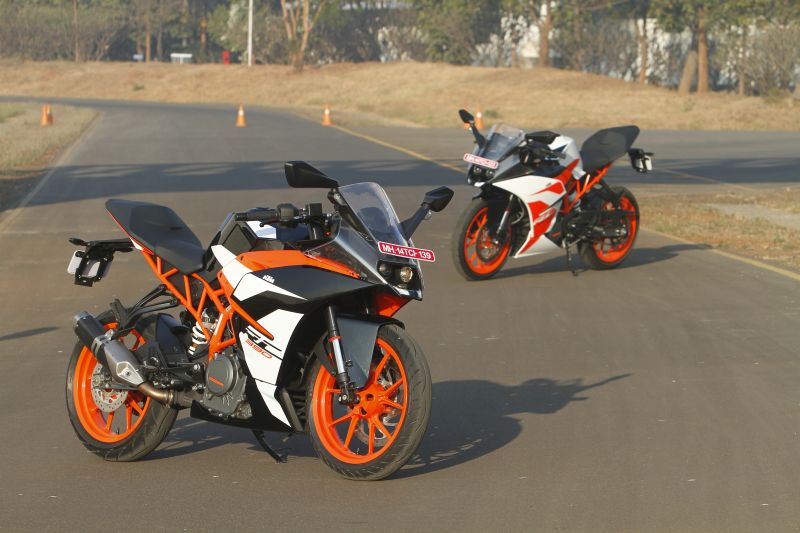
We hustle the recently-launched KTM RC 390 and RC 200 around Bajaj’s test track
We arrived at the Bajaj plant and testing facility early on Saturday morning, to be greeted by the 2017 RC twins in their fresh livery. The signature orange trellis frame and wheels have been retained on both bikes, and can’t be mistaken for anything other than the work of the Austrian company, while the new graphics do a great job of complimenting and enhancing the sharp angles of the tank and fairings. The RC 200 boasts a lot more white on the tank and fairings, complimented by orange and black stickers, while the 390 seems to be the darker cousin, with orange and white graphics on a black base. The new regalia is the only way to tell the 2017 KTM RC 200 from the previous model, the only other visual change being the wider and more user-friendly RVMs so we’re going to talk more about the new RC 390.
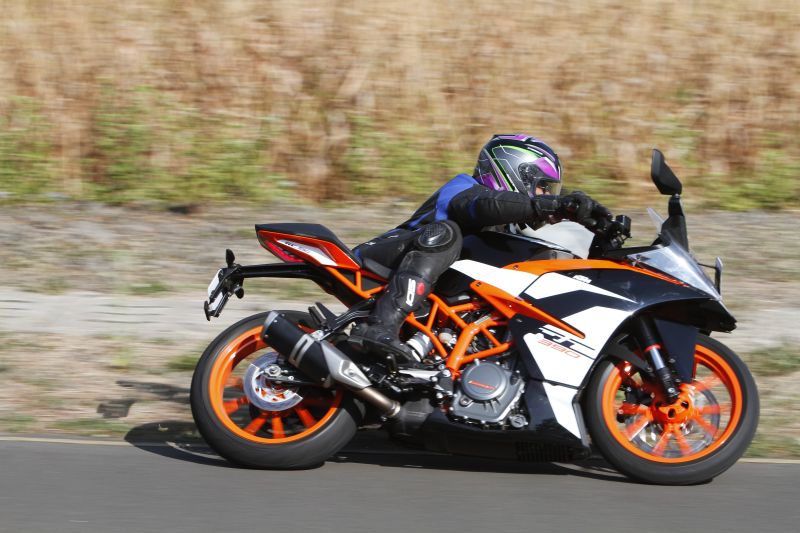
Most of you are probably aware of the changes to the 2017 RC 390, the most prominent being the side-mounted exhaust, which has been incorporated to allow this motorcycle to adhere to Euro IV emission and sound norms. I expected a massive bazooka of an exhaust sticking out like a sore thumb, as seen on several new motorcycles, but was pleasantly surprised to see that the engineers at KTM had managed to pack all the necessary hardware into slim and shapely aluminium package that actually complimented the overall design of the bike, rather than taking away from it. The bike now sounds somewhat subdued and just a little bit more refined, which I personally liked, but wind the throttle open and there’s no mistaking the throaty note of the potent single-cylinder engine at higher revs. Some of you may also be concerned about how the side-mounted exhaust affects weight distribution, as the mass-centralisation of an under-belly exhaust is considered favourable on a track-focused bike such as this. I’m happy to report that the bike still turns in sharply, and attacked the corners at the test track with aplomb, feeling extremely stable and allowing me to forget about the canister on the right side.
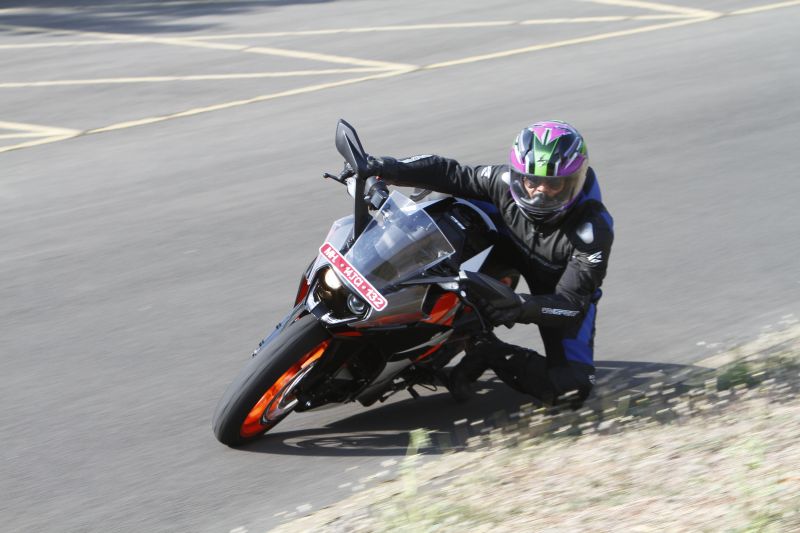
The slipper clutch that was introduced in last year’s model does duty here as well, and does an excellent job of keeping the bike composed and eliminating rear wheel hop during aggressive downshifting; a boon to easing fast corner entries. KTM have also introduced a ride-by-wire system on the RC 390, which basically means that there is no physical cable connecting the throttle to the butterfly valves in the throttle bodies. Instead, a throttle position sensor reads the inputs from the rider’s right wrist and, based on engine speed, gear and load, the ECM decides on precisely how much air and fuel to let into the engine. I personally am a little wary of electronic wizardry, but came away from the ride extremely impressed with the feel and faultless response provided by this piece of tech. Also it seems that KTM have also worked on the fuelling, and on-off throttle transitions are noticeably smoother than on the outgoing model. This allows you to fearlessly open the throttle when leaned over in a corner, and the bike remains extremely composed as you wind on the gas.
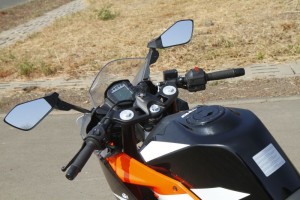
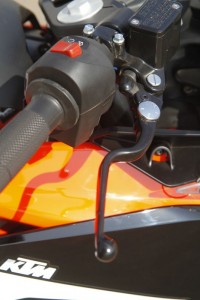
All of these changes have clearly ushered the RC 390 into 2017, without dampening the fantastic ride experience of the outgoing bike. It still feels like the machine that we know and have grown to love over the last few years, however KTM have finally addressed the one place where the bike was always found to be lacking; the brakes. For 2017 we finally have a larger disc and new master cylinder up front, which in my eyes is the biggest improvement to the new model. The difference is noticeable from the first time you squeeze the lever — the bite is so much better with fantastic levels of feel and feedback, while the switchable ABS is not the least bit intrusive even under hard braking. This is a big improvement in terms of safety on the road, and allows you to brake much later into a corner when riding around a track, hence expect improved lap times as well. The improvement in braking was clear when riding the 200 and the 390 back-to-back. The RC 200, still running the 300-mm disc that was shared by both models till last year, required a lot more force at the lever, and was actually a little scary after switching over from the 390 and its new 320-mm disc.
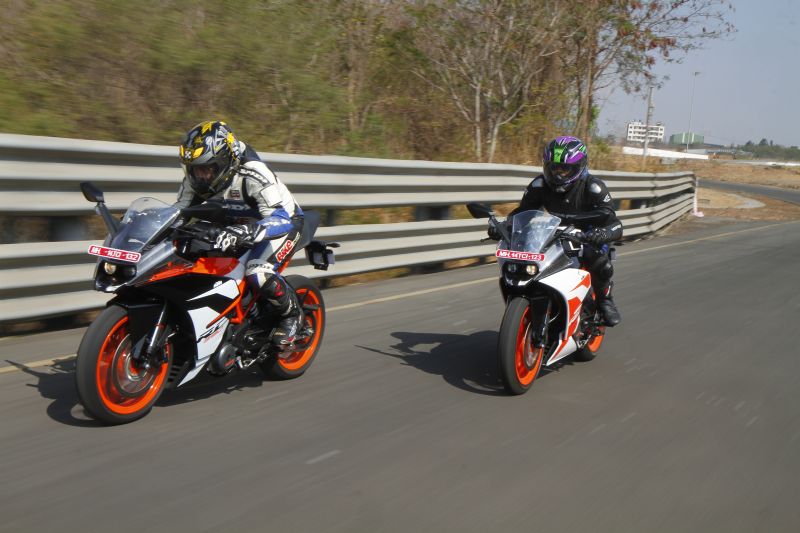
The 2017 RC line-up continues KTM’s ‘Ready to Race’ philosophy, and we came back from this first ride quite impressed with the motorcycles. You can read a more detailed review in the next issue of Bike India.
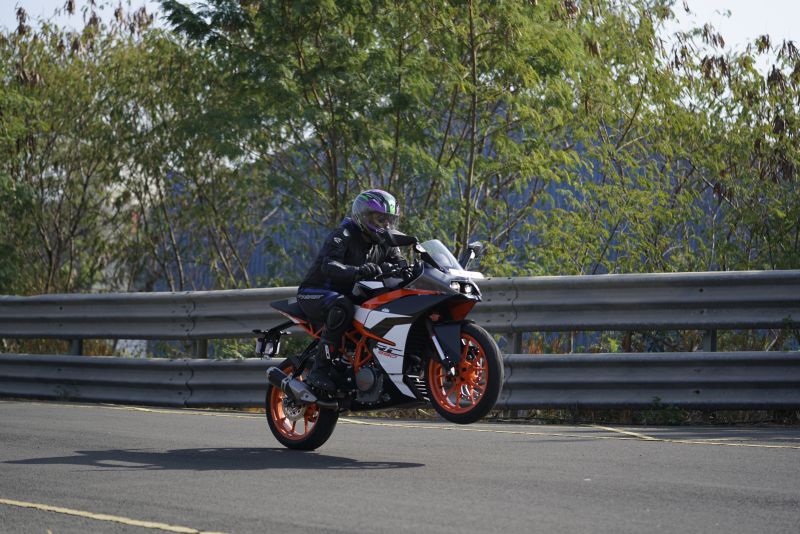


Leave a Reply